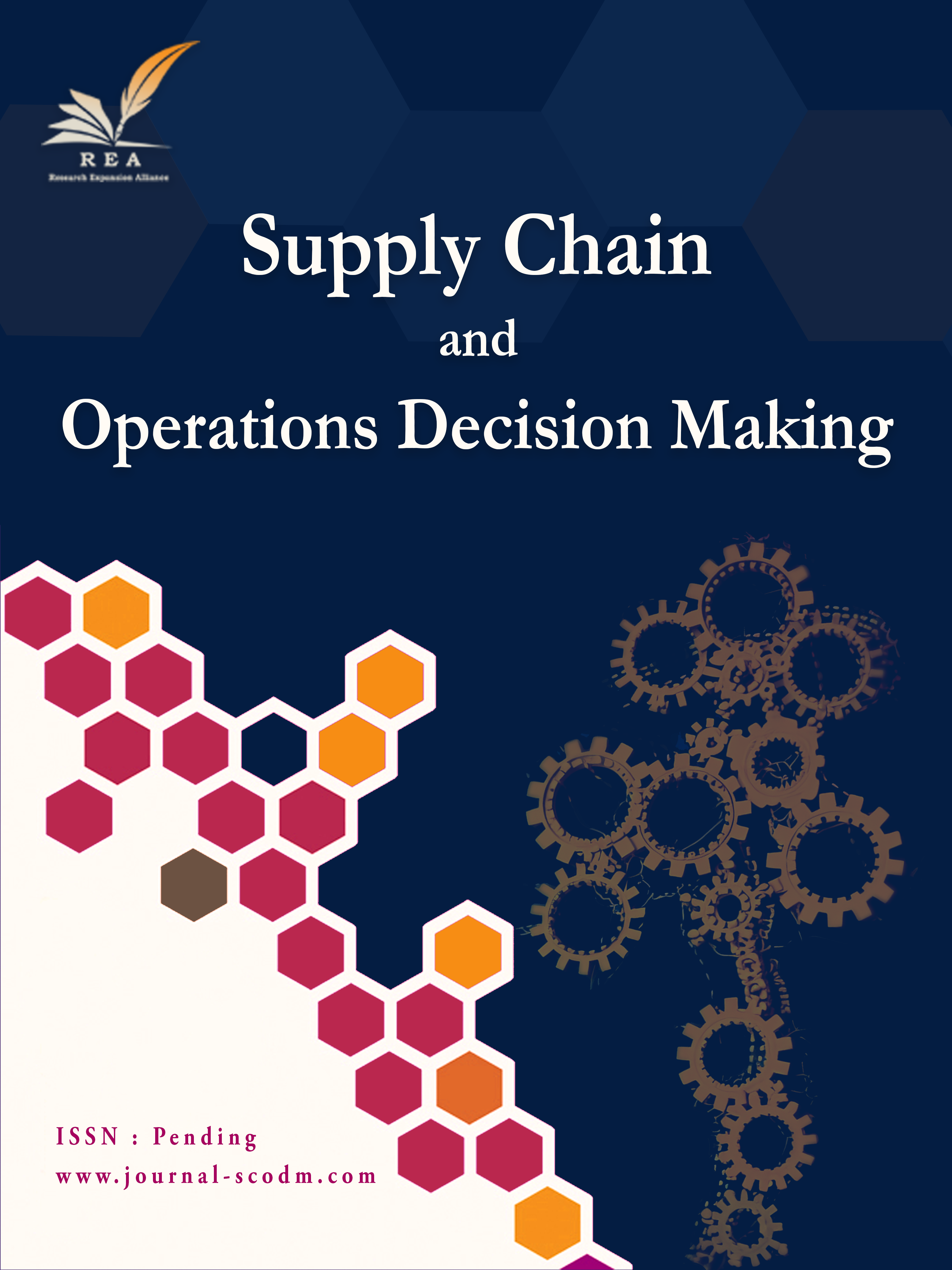AI-Powered Traffic Control in IoT-Based Smart Cities: Revolutionizing Urban Mobility
Abstract
Urban centers face increasing traffic congestion, impacting economic efficiency, environmental sustainability, and overall quality of life. This paper explores the potential of AI-powered traffic control systems within IoT-based smart cities as a transformative approach to enhance urban mobility. These systems are designed to dynamically manage traffic flows, reduce congestion, and improve safety by integrating AI algorithms with IoT-generated real-time traffic data. Through an in-depth analysis of current applications and case studies, this paper demonstrates the effectiveness of AI-driven models in optimizing traffic signals, predicting traffic density, and adjusting urban transportation infrastructure accordingly. Our findings reveal significant improvements in travel efficiency, emission reduction, and road safety, highlighting the potential of AI and IoT in reshaping urban environments. Future work can address remaining challenges, such as scaling technology to megacities and integrating autonomous vehicles.
Keywords:
AI traffic control, Smart cities, IoT, Urban mobility, Adaptive signal systemsReferences
- [1] Bank, W. (2020). Urban population (% of total population). https://data.worldbank.org/indicator/SP.URB.TOTL.IN.ZS
- [2] Agrahari, A., Dhabu, M. M., Deshpande, P. S., Tiwari, A., Baig, M. A., & Sawarkar, A. D. (2024). Artificial intelligence-based adaptive traffic signal control system: A comprehensive review. Electronics, 13(19), 3875. https://doi.org/10.3390/electronics13193875
- [3] Rasulmukhamedov, M., Tashmetov, T., & Tashmetov, K. (2024). Forecasting Traffic Flow Using Machine Learning Algorithms. Engineering proceedings, 70(1), 14. https://doi.org/10.3390/engproc2024070014
- [4] Liu, X.-Y., Zhu, M., Borst, S., & Walid, A. (2023). Deep reinforcement learning for traffic light control in intelligent transportation systems. ArXiv preprint arxiv:2302.03669. https://doi.org/10.48550/arXiv.2302.03669
- [5] Alahi, M. E. E., Sukkuea, A., Tina, F. W., Nag, A., Kurdthongmee, W., Suwannarat, K., & Mukhopadhyay, S. C. (2023). Integration of IoT-enabled technologies and artificial intelligence (AI) for smart city scenario: recent advancements and future trends. Sensors, 23(11), 5206. https://doi.org/10.3390/s23115206
- [6] Neelakandan, S., Berlin, M. A., Tripathi, S., Devi, V. B., Bhardwaj, I., & Arulkumar, N. (2021). IoT-based traffic prediction and traffic signal control system for smart city. Soft computing, 25(18), 12241–12248. https://doi.org/10.1007/s00500-021-05896-x
- [7] Authority, S. L. T. (2019). Annual report 2019/2020. Elsevier. https://www.lta.gov.sg/content/dam/ltagov/who_we_are/statistics_and_publications/report/pdf/LTA_AR1920.pdf%0A%0A
- [8] Initiative, A. S. C. (2020). AI-driven traffic lights communicating with connected vehicles to improve public transportation flow. Elsevier. https://www.thetimes.com
- [9] Angeles, C. of L. (2020). Los Angeles’ Automated Traffic Surveillance and Control System Reduced Travel Time by Ten Percent Using 40,000 Loop Detectors Across 4,500 Connected Intersections with Automated Signal Control. https://ita.lacity.gov/sites/g/files/wph1626/files/2021-05/SmartLA2028 - Smart City Strategy.pdf
- [10] Misbahuddin, S., Zubairi, J. A., Saggaf, A., Basuni, J., Sulaiman, A., Al-Sofi, A., & others. (2015). IoT based dynamic road traffic management for smart cities [presentation]. 2015 12th international conference on high-capacity optical networks and enabling/emerging technologies (honet) (pp. 1–5). https://doi.org/10.1109/HONET.2015.7395434
- [11] Badii, C., Bellini, P., Difino, A., & Nesi, P. (2020). Smart city IoT platform respecting GDPR privacy and security aspects. IEEE access, 8, 23601–23623. https://doi.org/10.1109/ACCESS.2020.2968741


